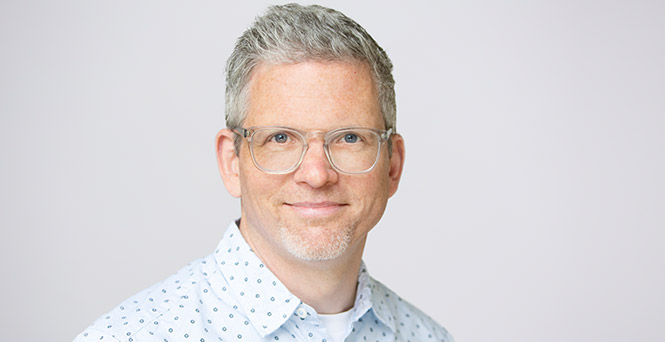URL: https://v1.desy.de/site_www-desy/content/e410/e123090/e247846/Aufgabenuebersichtsplan_V1_20200818_eng.html/@@siteview
Breadcrumb Navigation

David Berge
Gamma-ray and multi-messenger astronomy
Since 2017, David Berge has been a Lead Scientist in the Astroparticle Physics division at DESY. He heads the Gamma-ray Astronomy group at the Zeuthen site and coordinates DESY’s contributions to the global gamma-ray observatory CTAO, which is currently under construction. His research focuses on cosmic particle accelerators and especially on multi-messenger astronomy, i.e. the study of cosmic objects and events with photons, neutrinos and gravitational waves.
Berge’s group works with gamma-ray telescopes such as H.E.S.S. and the future CTAO, uses multi-wavelength data from other telescopes, cooperates with DESY’s IceCube neutrino group and follows up on gravitational-wave alerts by the LIGO, VIRGO and KAGRA detectors.
In the field of multi-messenger astronomy, much can be expected in the coming years from telescopes with large fields of view that search for weak transient light signals from gravitational-wave events. One such new satellite telescope is ULTRASAT, an Israeli project to measure UV light. Together with the Weizmann Institute of Science in Israel and NASA, DESY will contribute to this mission. Berge and his team are building the camera for ULTRASAT, which consists of a silicon-based (CMOS) 90-million-pixel sensor. Moreover, he coordinates an ESA mission proposal for an MeV gamma-ray satellite, newASTROGAM.
In his experimental activities, Berge combines methods of particle physics with those of astroparticle physics, which reflects his scientific career. After his PhD in gamma-ray astronomy, he switched fields and worked at CERN at the ATLAS experiment for seven years during the LHC startup phase. He then spent five years in Amsterdam as a faculty member of the newly founded GRAPPA Cluster of Excellence at the interface of gravitational, particle and astroparticle physics. In 2017, he accepted an offer for a joint professorship for particle and astroparticle physics at DESY in Zeuthen and the Humboldt University of Berlin.
Academic career
|
Since 2018 |
Full Professor (W3) of Particle and Astroparticle Physics, Humboldt University of Berlin |
|
Since 2017 |
Lead Scientist at DESY |
|
2016-2017 |
Associate Professor, University of Amsterdam (GRAPPA) |
|
2013-2016 |
Assistant Professor, University of Amsterdam (GRAPPA) |
|
2008-2013 |
Staff Scientist at CERN (ATLAS) |
|
2006-2008 |
Research Fellow at CERN (ATLAS) |
|
2003-2006 |
PhD, Max Planck Institute for Nuclear Physics, Heidelberg |
|
2002 |
Master in Physics, Humboldt University of Berlin |
Memberships and roles
|
|
|
|
|
|
|
|
|
|
|


